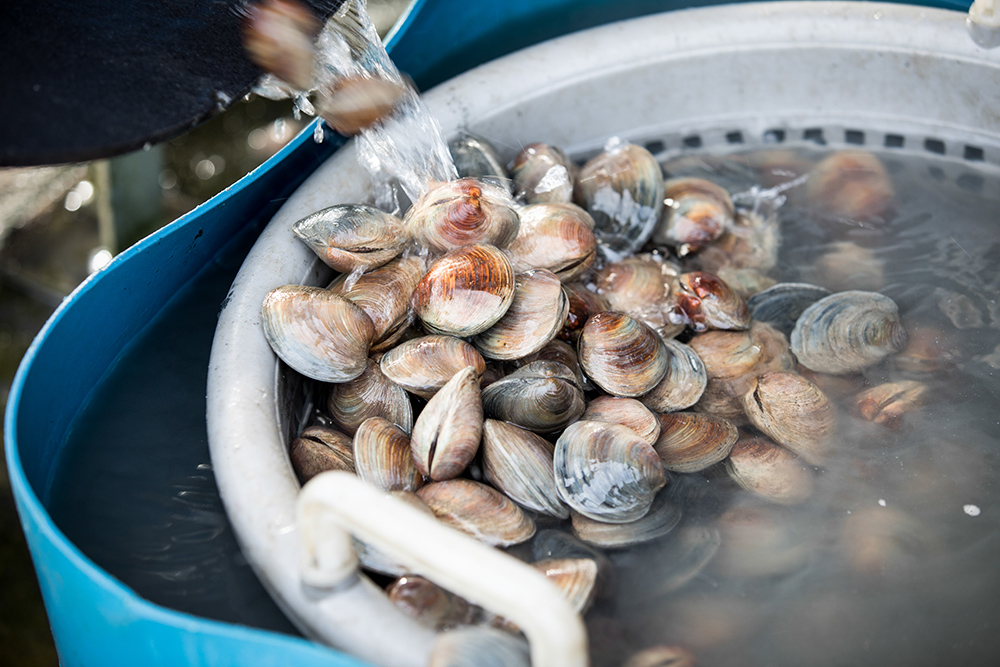* Column *
By George Boyhan
University of
Georgia
The yellow crookneck and zucchini squash we eat during the summer are actually immature forms that remain tender with edible seed. Allow these types to continue growing and they get huge, with hard seeds and rinds.
Winter squash are types that are selected for their ability to be stored. Our ancestors spent long winters relying on food like this.
Ornamental squash
Today, many of the winter squash are grown for ornamental purposes: multicolored Turk's turban, graceful swan-shaped fruit, even a squash that looks like a giant green apple.Many of these are becoming popular fall decorations, competing with the ever-present pumpkin. Don't forget, though, that they're edible. Many recipes are available.
The shapes and colors are almost endless, with growth habits from compact bushy plants to vining types that will take over your garden.
To grow winter squash, start from seed or transplants around the first of August. Depending on the variety, winter squash take 80 to 120 days to mature.
Resistant varieties
Winter squash can be affected by several diseases, so plant resistant or tolerant varieties if they're available. When it comes to handling these diseases, winter squash will do better in north Georgia for fall production.Insects can also be a problem with fall production. Scout your plants regularly for insects and their damage. Early detection is best for control. Check with your county extension agent for disease and insect control measures.
Whether starting with seed or seedlings, a well-prepared bed free of plant debris and weeds is best. Adding organic matter is always helpful in increasing soil fertility and water-holding capacity.
Test your soil
Having your soil tested is the best way to determine the fertility needs of winter squash. Your county agent can help you with this.A good, general fertilizer recipe for winter squash would begin with 14 pounds of 10-10-10 fertilizer broadcast for every 1,000 square feet. Three to four weeks after planting, side-dress the plants with another 9 pounds of calcium nitrate or 4 pounds of ammonium nitrate per 1,000 square feet. You may need to make an additional side-dress for varieties that take 120 days to mature.
Winter squash are ready for harvest when they've reached the right size and color for the particular variety. The rind, too, will be hard and not give when pressed with your thumbnail.
So get out there and plant some winter squash. Your ancestors would be proud.






